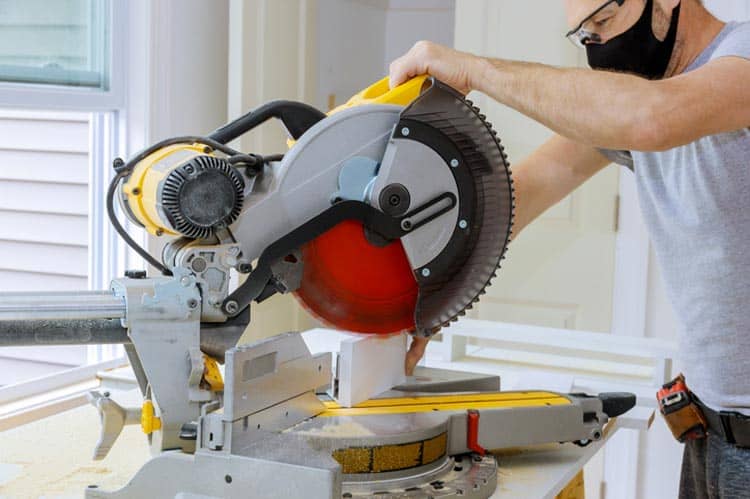First off, let’s talk about the dangers of using a cold saw. The biggest risk comes from the blade itself. Cold saws use high-speed steel blades that can easily cut through metal, but they can also cut through flesh and bone just as easily. If you’re not paying attention or if you’re not using the saw correctly, you could end up seriously injuring yourself.
Another danger of using a cold saw is the potential for kickback. Kickback occurs when the saw blade catches the material you’re cutting and throws it back at you. This can happen if you’re not holding the material securely or if you’re not using the saw at the correct angle.
So how can you stay safe while using a cold saw? Well, for starters, you should always wear personal protective equipment (PPE). This includes eye and ear protection, as well as gloves and a face shield. You should also wear clothing that covers your arms and legs to protect yourself from any flying debris.
Another important safety tip is to always use the saw at the correct angle. This will help prevent kickback and ensure that you’re cutting the material evenly. You should also make sure that the material is securely clamped in place before you start cutting.
One of the most important things you can do to stay safe while using a cold saw is to always pay attention to what you’re doing. Never use the saw if you’re tired or distracted, and always make sure you have a clear view of the blade and the material you’re cutting.
If you’re new to using a cold saw, it’s a good idea to practice on some scrap metal before you start working on a real project. This will help you get a feel for the saw and make sure you’re comfortable using it before you start cutting into something important.
Finally, it’s important to keep your saw in good condition. Make sure the blade is sharp and free of any cracks or chips. If you notice any issues with your saw, don’t use it until you’ve had it checked out by a professional.
So there you have it, folks. Cold saws are powerful tools that can make your work easier and more efficient, but they can also be incredibly dangerous if you’re not careful. Always wear PPE, use the saw at the correct angle, and pay attention to what you’re doing. And remember, if you’re not sure about something, don’t hesitate to ask for help or advice. Stay safe out there!
Cheers,

![]()



 Gary’s Safety Tips
Gary’s Safety Tips

